Located in the heart of the Jianghan Plain of Central China, Jingzhou is the cradle of Chu Culture and has been the political, economic and cultural hub of Jingchu since the Qin dynasty. On April 20, more than 30 students from Hong Kong, Macao and Taiwan participated in a two-day field trip themed “Tracing back to Jiangling, Going back to Jingchu”(Jiangling and Jingchu are the ancient names of JIngzhou), organized by the Office for Hong Kong, Macao & Taiwan Affairs, Taiwan Studies of WHU and the Association for International Promotion and Cultural Exchange of WHU. This trip was aimed at giving students a deep insight into China's profound traditional culture through immersion in the colorful folk art of this historic city.
On the morning of April 20, the students first visited Jingzhou Museum. As one of the "top ten museums" in Hubei Province, this museum is renowned for its amazing lacquer and wood artifacts which were excavated in this area and are now displayed in the Treasures Hall, an archaized garden-style building. Lacquer and wood artifacts used to enjoy great popularity in Jingzhou , a town the majority of ancient lacquer has been unearthed in China. The students were deeply impressed with the elaborate silk garments exhibited in the Chu-Han Embroidery Hall, and the bronze articles and bamboo slips in the main exhibition hall, all of which offered a glimpse at the magnificent cultural glamour of ancient Chu State.
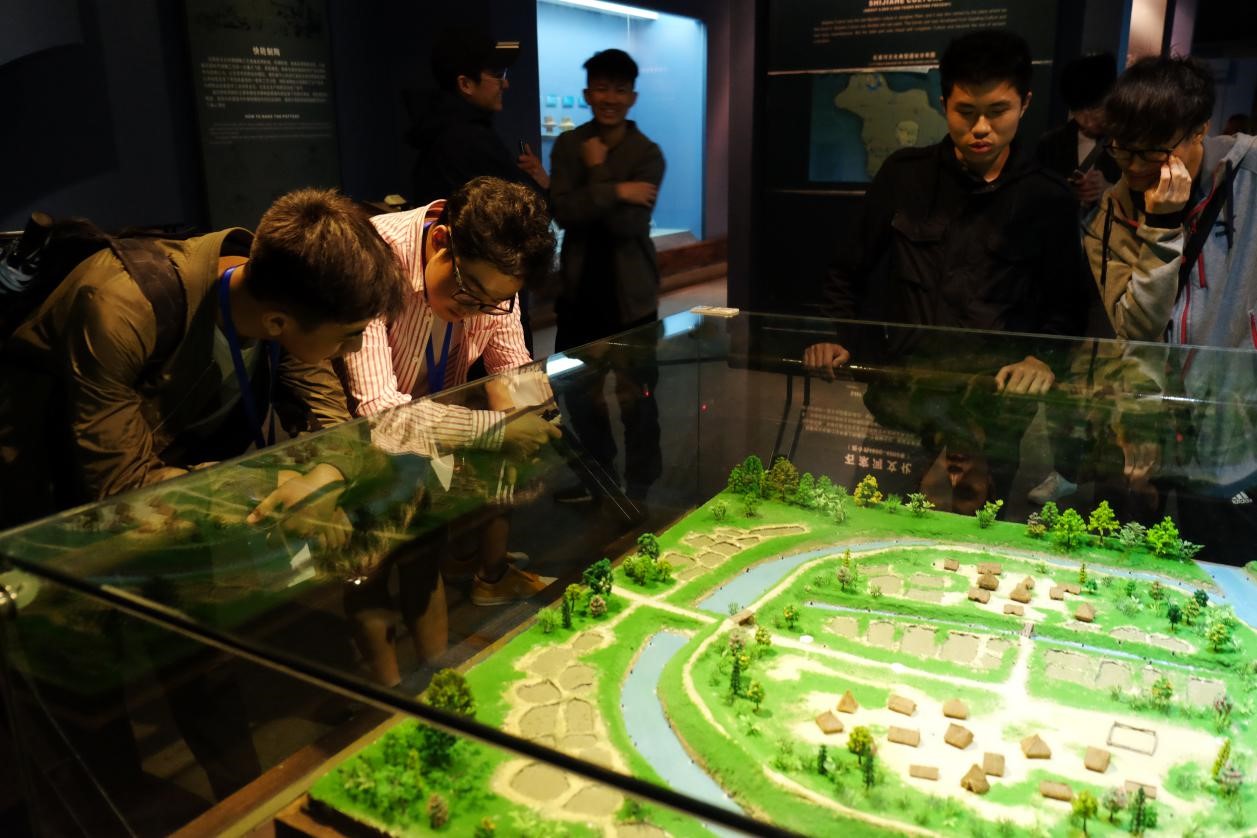

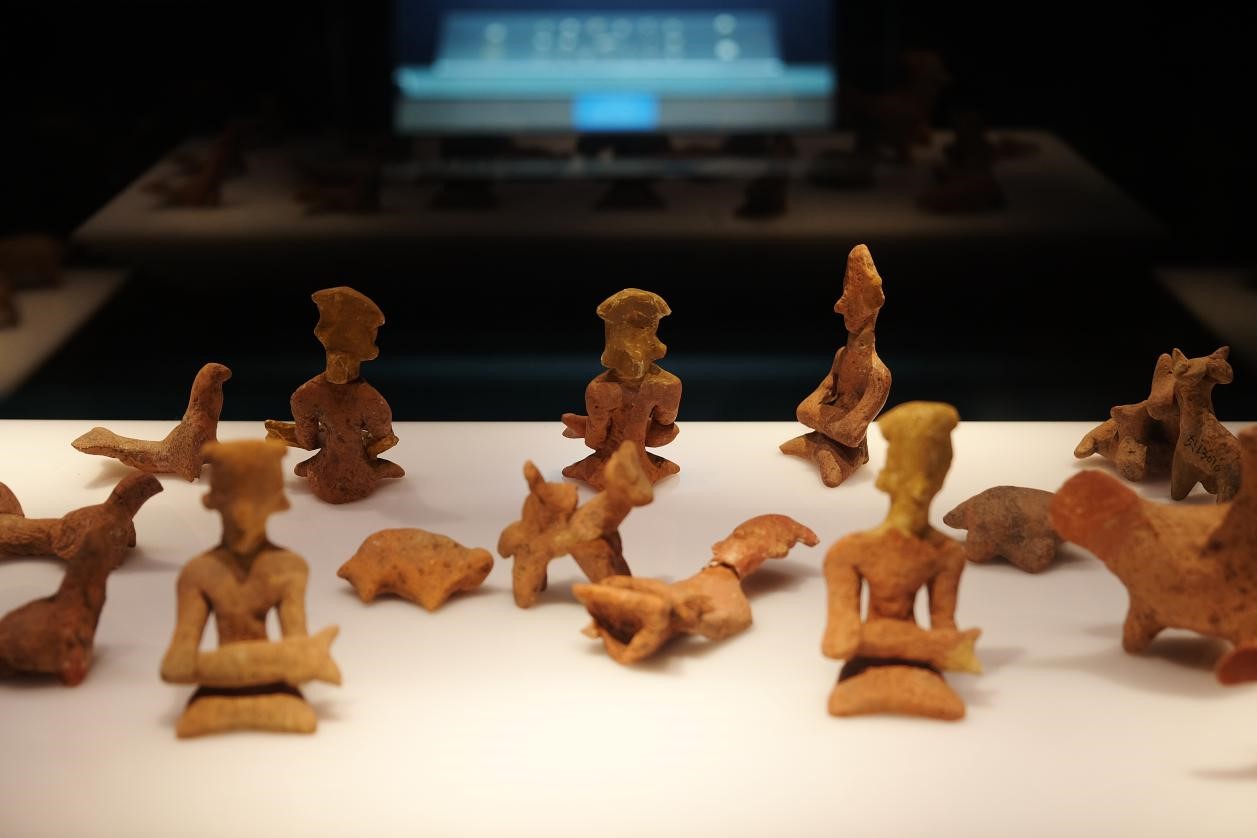
After the tour of the museum, the students went to the former residence of Zhang Juzheng to listen to the story of this late Ming Dynasty statesman and reformer.

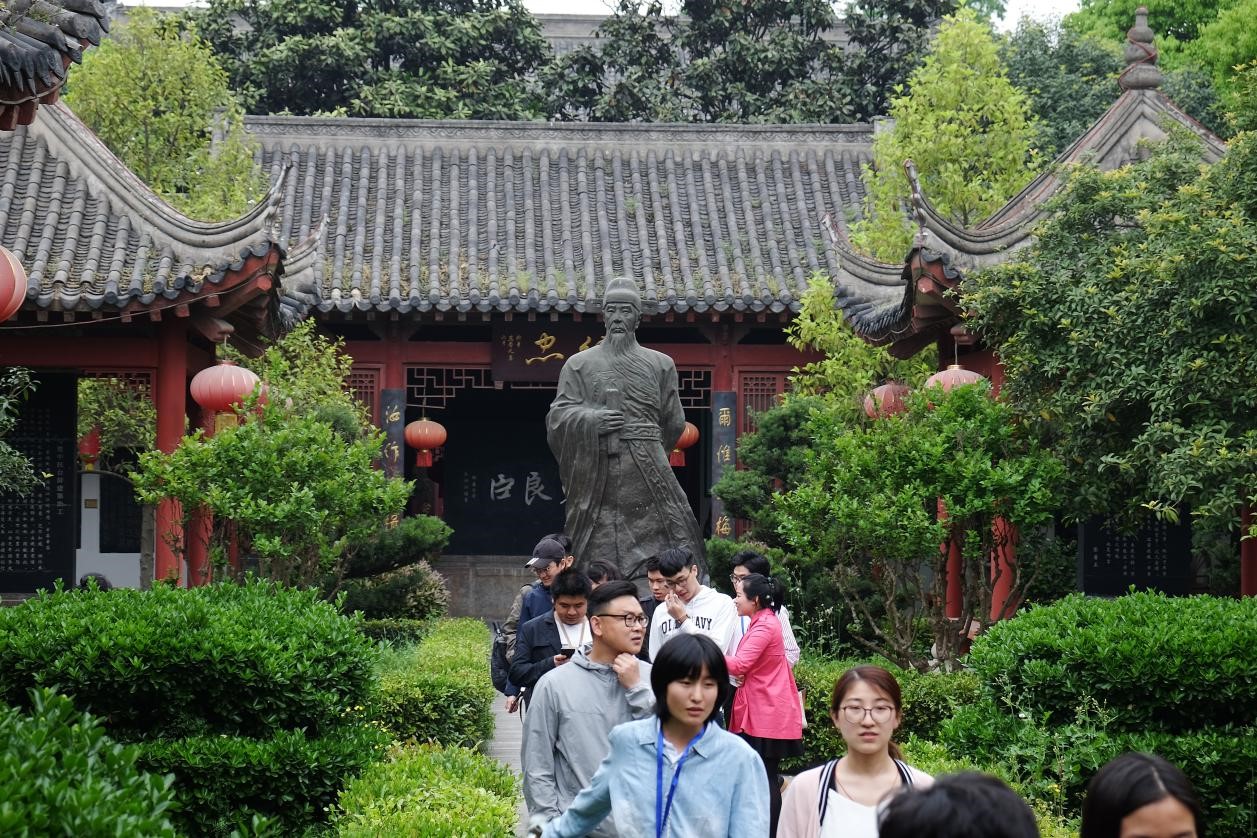
The ancient city walls of Jingzhou, together with those of Xi'an, Xingcheng and Pingyao, are the four best-preserved ancient city walls in China. In ancient times, the wall, along with the moat, formed a perfect defense system. The students went atop the city wall to get a bird’s-eye view of the ancient town.
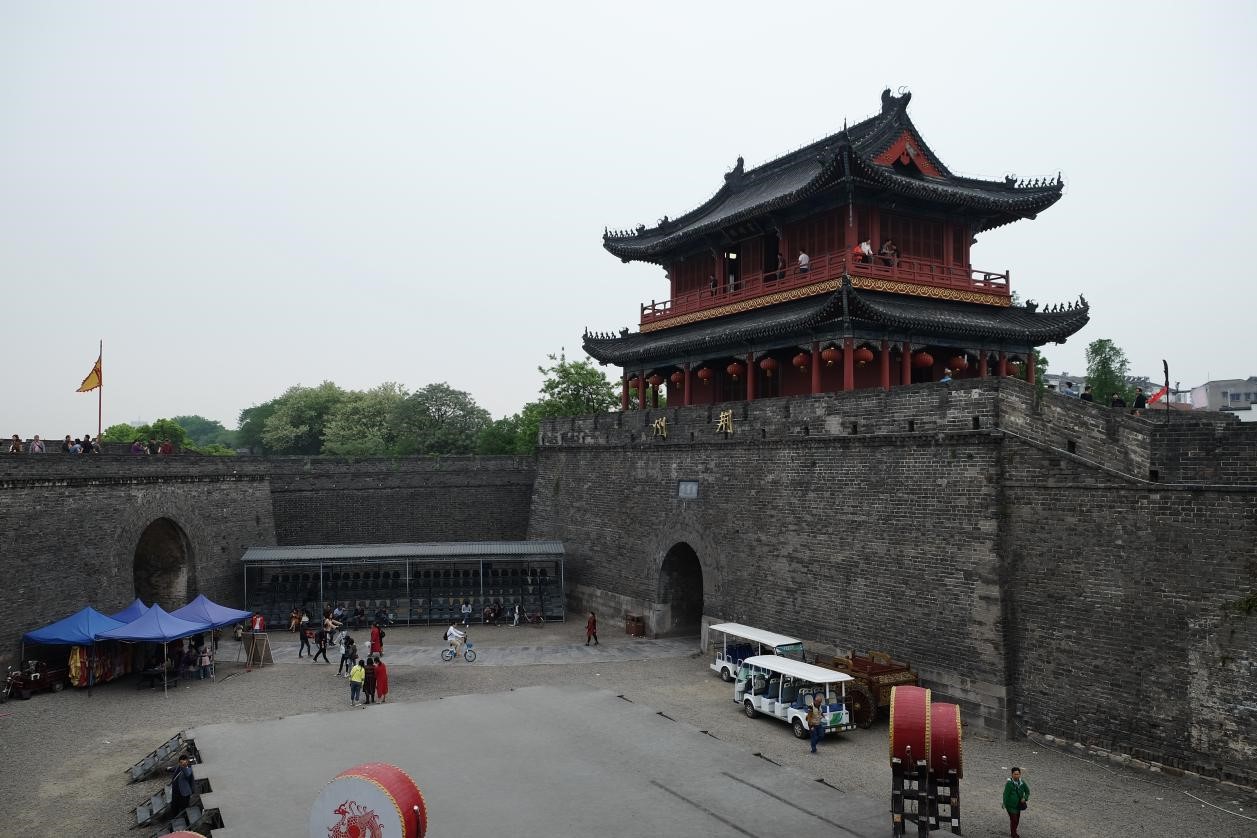

At the end of the first day, the students recorded their impressions on the Jingchu culture, the culture of the Three Kingdoms, the bamboo slips unearthed in Jingzhou, the Chinese tea culture and the bronze culture of Chu-Han. All the students, along with their teachers from WHU, the Institute of Taiwan Studies and Changjiang University, engaged in a discussion on Jingchu culture. During the sharing session, Professor Xie Yuansun expressed his concern about the lack of people's aesthetic pursuit under the rapid development of society, which inspired students to rethink their own relationship with art and life. The first day ended in a lively debate with different ideas and opinions expressed, which deepened the students’ understanding of the Jingchu culture.
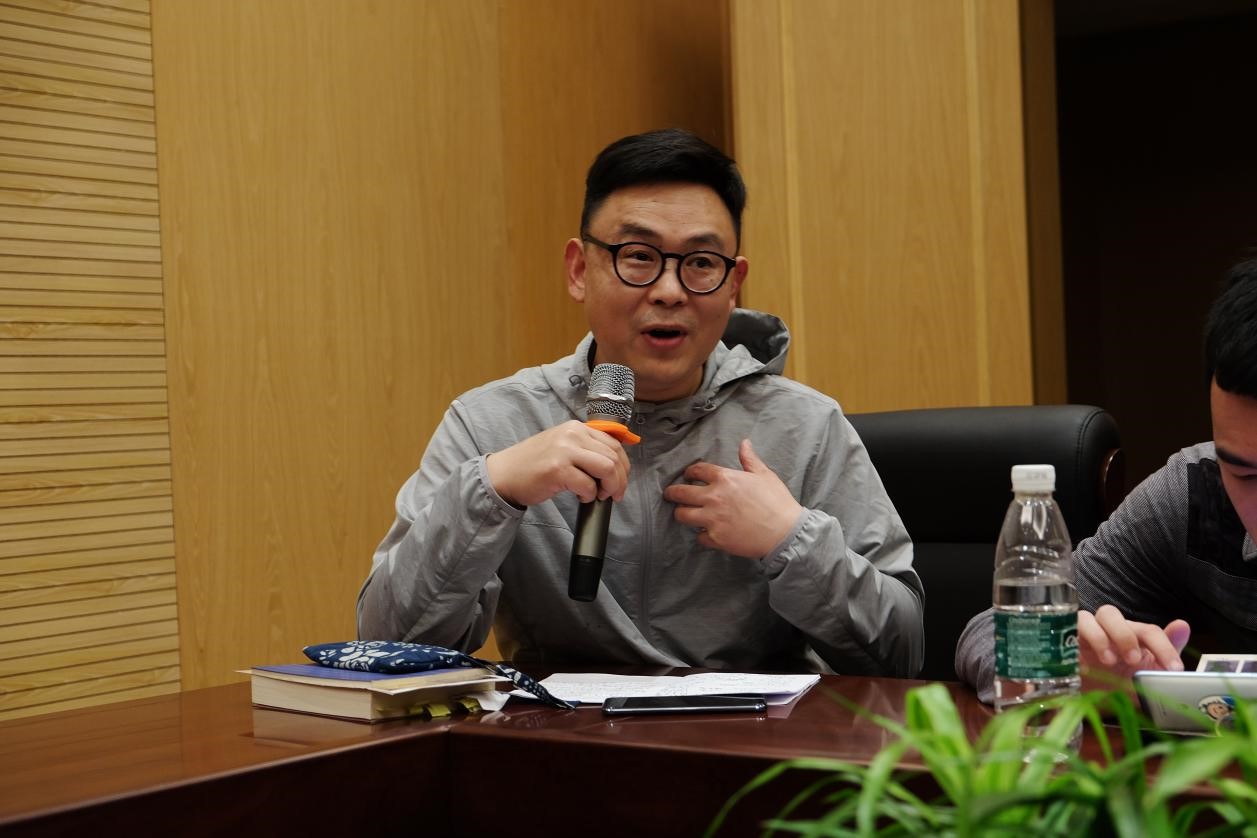

On the morning of April 21, the teachers and students went to the Flower-Drum Opera Research Center to experience Jingzhou's unique opera culture. They first visited the clothing room, in which the students were drawn to the ornate headwear. The interpreter answered students’ questions and gave a vivid introduction to the traditional flower-drum opera costumes.

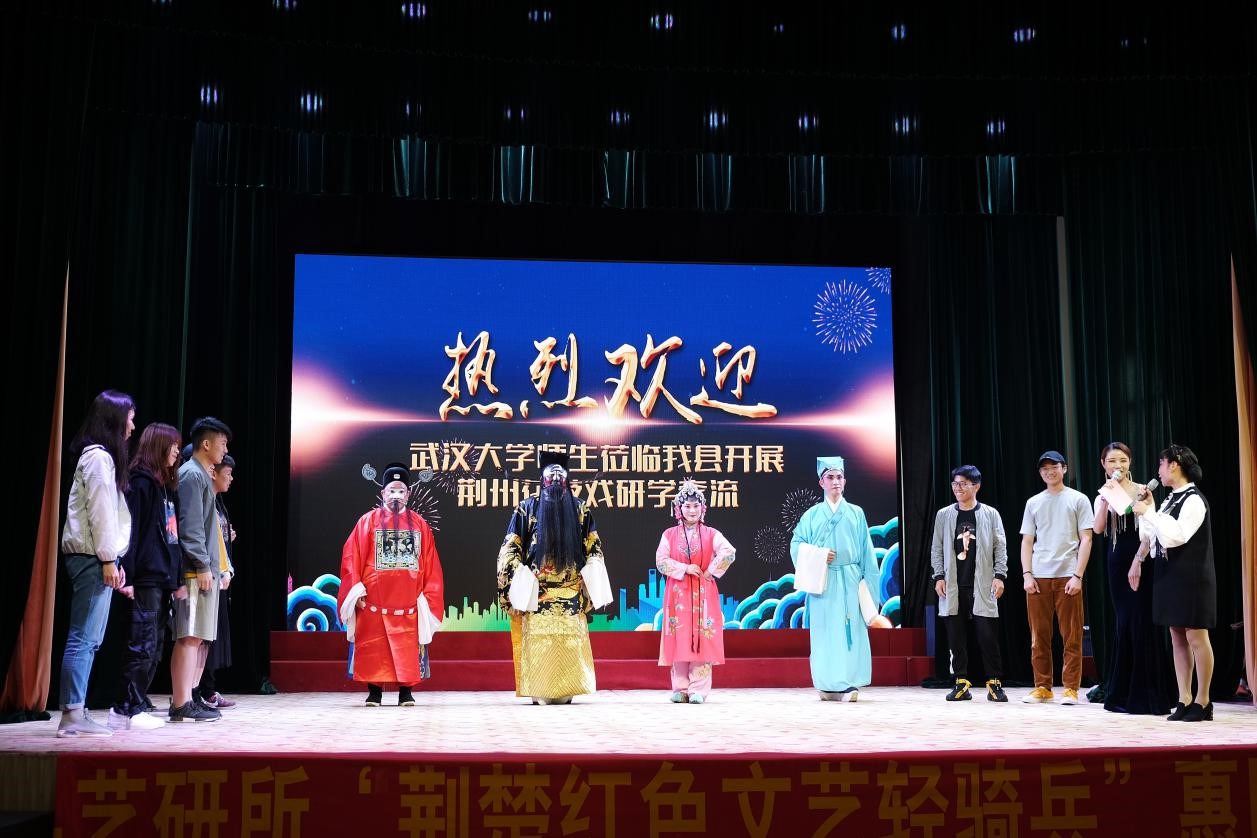
Later that day, the teachers and students enjoyed the classic operas brought by local artists. Among them, the episode of "picking flowers" attracted the attention of students. "Picking flowers", similar to “changing face” in Sichuan opera, is a unique opera skill in flower-drum opera. Students were also invited to the stage to act out different classic roles in flower-drum opera.
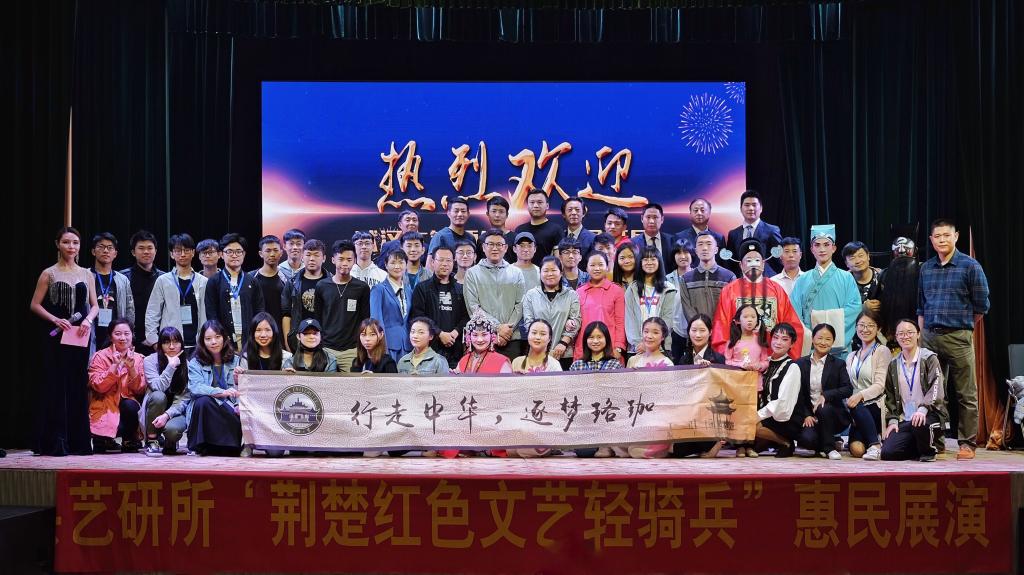
The two-day trip to Jingzhou provided a good platform for students from Hong Kong, Macao and Taiwan to explore the rich history of Jingzhou and the brilliant folk art of Chu Culture.
Rewritten by Liu Tongxu, edited by Shen Yuxi,Hu Sijia